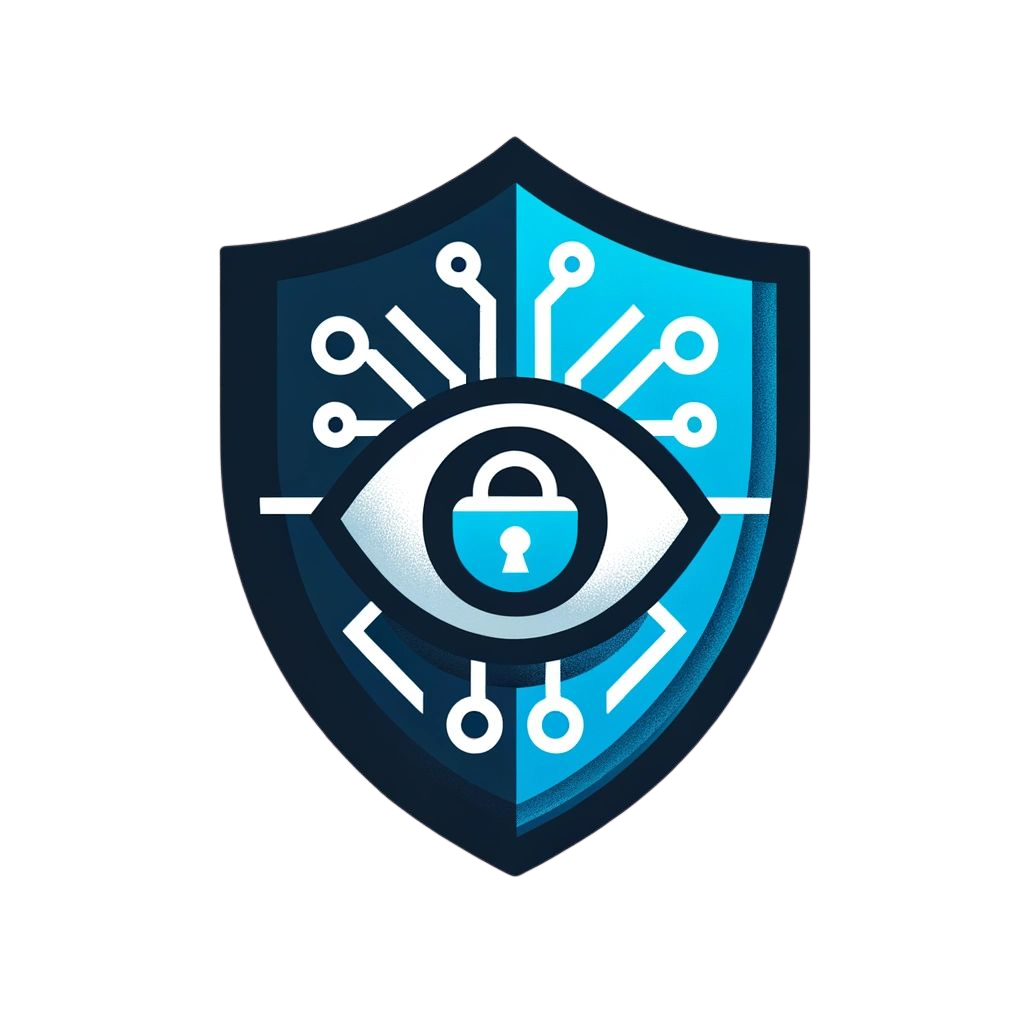In Kiteworks’ own words, their
Private Data Network isn’t just another compliance tool—it’s the GOAT of data security and compliance.
And with good reason. As data privacy regulations tighten and cyber threats grow more sophisticated, organizations are under pressure to secure sensitive information across every channel of communication. Kiteworks addresses this by offering a unified platform that governs all private data exchanges—whether between individuals, systems, or AI.
Supporting on-prem, private cloud, hybrid, and FedRAMP deployments, the Kiteworks Private Data Network gives organizations full visibility and control over data flows while helping them align with compliance standards like NIST CSF, HIPAA, SOX, GDPR, GLBA, and FISMA. It’s designed to reduce risk and complexity without sacrificing adaptability.
With privacy laws rapidly evolving—think EU AI Act and new U.S. state mandates like CPRA and VCDPA—organizations need solutions that don’t just keep up but help them stay ahead. That’s where Kiteworks delivers not as a patchwork of tools, but as a centralized command center for secure collaboration, AI readiness, and defense-grade governance.
“Unlike fragmented solutions, Kiteworks provides a single immutable audit trail that tracks who sends what to whom, when, and how—elements critical for demonstrating compliance with transparency and governance requirements,” says Tim Freestone, Chief Strategy Officer at Kiteworks.
From built-in geofencing controls that enforce data sovereignty to automated compliance reporting that lightens the regulatory load, Kiteworks is helping organizations manage today’s demands while preparing for what’s next.
Securing GenAI Without Slowing It Down
The spike in GenAI adoption has opened up new risks—most notably, the leak of sensitive data through LLM prompts. Teams are moving fast, but security can’t afford to fall behind. That’s where Kiteworks steps in.
At the core is the
Kiteworks AI Data Gateway, which acts as a secure bridge between enterprise data and AI tools. Built on zero-trust principles and layered with granular access controls, the gateway ensures that sensitive data isn’t exposed during AI interactions. Multiple security layers—double encryption, detailed audit logging, and automated governance policies—work together to keep unauthorized access in check.
“What truly differentiates Kiteworks is its ability to triangulate user identity, data sensitivity, and intended action to make contextual access decisions that align with the NIST Cybersecurity Framework, effectively mitigating the risk of prompt-based data leakage without disrupting legitimate AI workflows,” highlights Freestone.
Kiteworks doesn’t get in the way of innovation but integrates directly into existing workflows and quietly enforces security guardrails behind the scenes. Teams can leverage GenAI tools while Kiteworks automatically enforces data protection policies, maintains comprehensive audit trails for compliance purposes, and provides visibility into AI data usage patterns. This approach allows organizations to embrace AI-driven productivity gains without compromising on security or compliance obligations. By unifying security controls across all communication channels—including AI interactions—Kiteworks ensures that sensitive data remains protected regardless of how teams choose to leverage AI technologies in their workflows.
Turning Supply Chain Risk into Resilience with Kiteworks
Supply chain attacks are projected to cost organizations $60 billion this year, and the threat landscape continues to expand. For most businesses, the challenge isn’t just securing their own systems—it’s extending the same level of control across a growing network of third-party vendors and partners.
Kiteworks addresses this challenge directly with its Private Data Network, which establishes a hardened, isolated security perimeter that extends beyond organizational boundaries. Whether data is shared internally or with external partners, the platform enforces consistent security policies through granular access controls, secure authentication, and real-time monitoring of every sensitive interaction.
“The platform’s hardened virtual appliance architecture creates an isolated security perimeter that enables businesses to implement consistent security policies across all third-party interactions,” says Freestone. “It delivers comprehensive third-party risk management with deep visibility into all data exchanges.”
A key differentiator is Kiteworks’ unified audit trail. Every file access, download, and share—whether inside the firewall or within the partner ecosystem—is tracked in one place. This visibility is further enhanced by integrations with DLP, ATP, and SIEM tools, enabling consistent threat detection and policy enforcement across all communication channels, including email, file transfers, APIs, and web forms.
By consolidating third-party data governance into a single platform, Kiteworks transforms supply chain risk into an opportunity for control, accountability, and resilience—turning one of the largest attack surfaces into a competitive advantage.
Streamlining Compliance and Security for MSPs in a Fragmented Landscape
For managed service providers (MSPs) juggling dozens of client environments, disconnected tools can create operational inefficiencies and introduce compliance risk. Kiteworks addresses this head-on with its Private Data Network, which enables MSPs to manage multiple clients from a centralized management console. “The Private Data Network’s centralized management console enables MSPs to administer multiple client environments from a single pane of glass,” says Tim Freestone, Chief Strategy Officer at Kiteworks. “Standardizing security policies, access controls, and compliance configurations across their entire client base with minimal overhead.” With templated security policies and automated tasks, MSPs can scale operations without sacrificing consistency or visibility.
This unified platform also gives MSPs a distinct advantage when it comes to compliance reporting. “MSPs gain immediate competitive advantage through Kiteworks’ comprehensive audit capabilities that generate client-specific compliance reports for HIPAA, GDPR, CMMC, and other regulatory frameworks with minimal administrative burden,” Freestone adds. This automation not only reduces manual overhead—it allows MSPs to turn compliance into a value-added, revenue-generating service.
CMMC 2.0 is a timely example. Defense contractors face a major shift as Level 2 certification requirements begin to take effect, and Kiteworks has positioned itself as a turnkey solution for MSPs in that space. “Kiteworks delivers unmatched CMMC 2.0 readiness through its purpose-built compliance acceleration framework that addresses nearly 90% of Level 2 requirements out of the box,” Freestone explains. With FedRAMP Moderate authorization and High Ready status, MSPs can start from a position of strength, rather than building compliance processes from scratch.
But readiness isn’t just about checklists—it’s about moving clients up the maturity curve. Many defense industrial base (DIB) organizations haven’t even completed a basic gap analysis. Kiteworks tackles that problem with its Assessment Accelerator toolkit. The platform’s multi-tenant architecture enables service providers to simultaneously deploy standardized CMMC assessment templates across multiple clients rapidly identifying control gaps while maintaining client-specific customizations. With continuous monitoring, automated reassessments, and built-in compliance mapping, MSPs can offer tiered, long-term services—going well beyond one-time audits.
One of the most pressing issues in the defense space is limited visibility into third-party access to Controlled Unclassified Information (CUI). “Kiteworks enables MSPs to solve the critical challenge of third-party CUI visibility through its comprehensive zero-trust architecture,” Freestone notes, “extending continuous monitoring capabilities across all external collaborations.” By combining real-time tracking with immutable audit trails and fine-grained access controls, MSPs can offer their clients a secure collaboration model that not only meets CMMC 2.0 standards, but helps close one of the most persistent gaps in supply chain data security.




